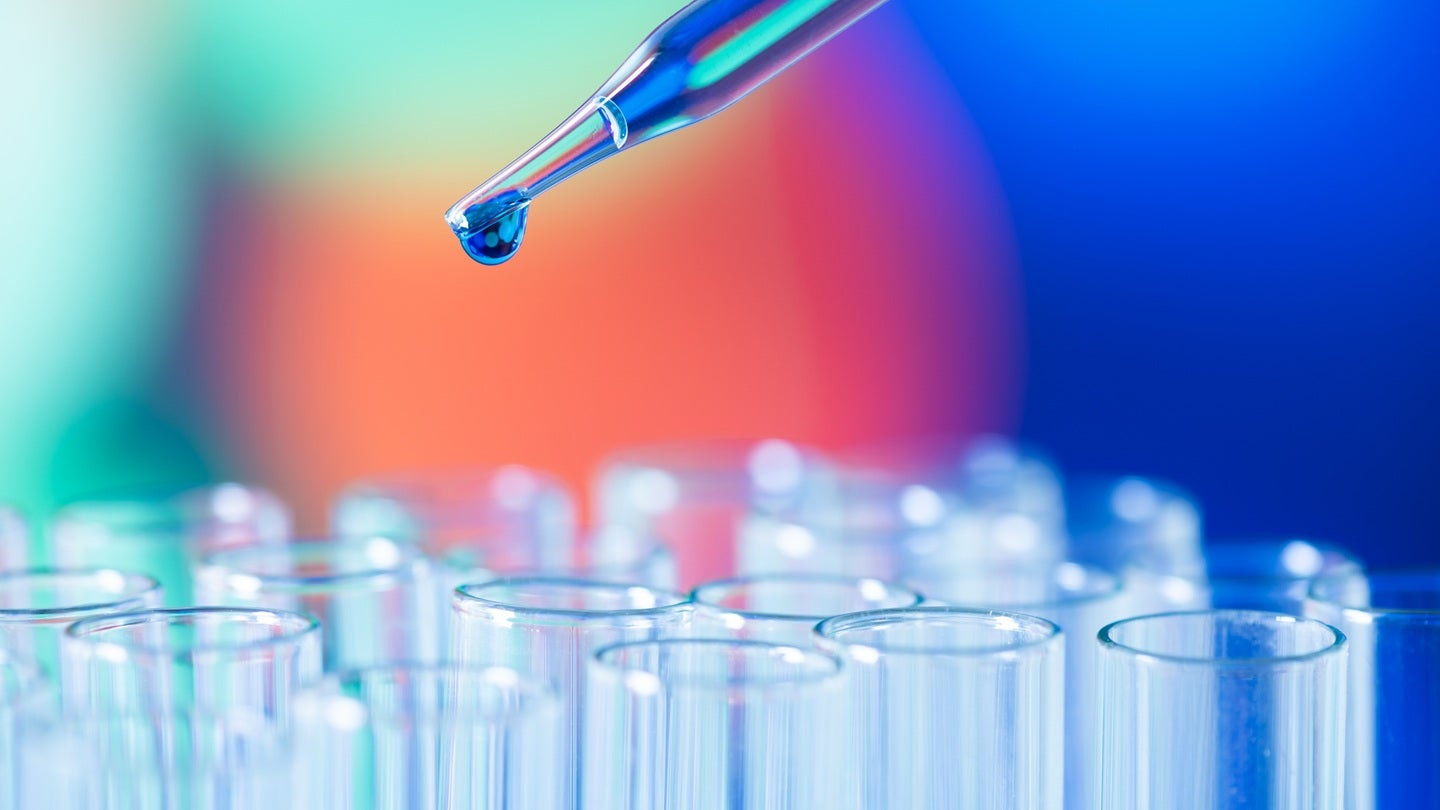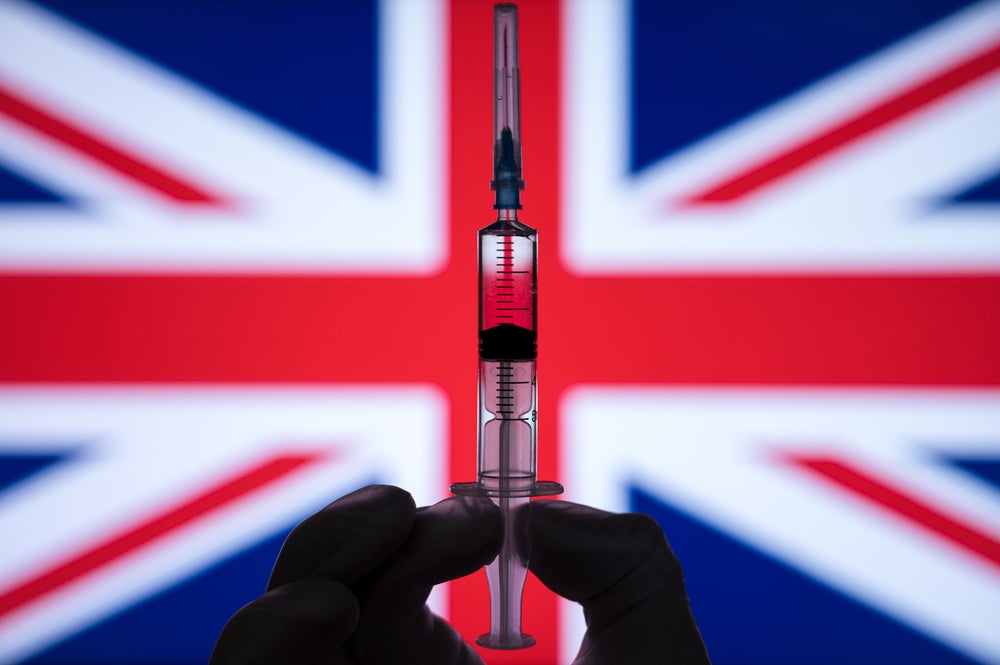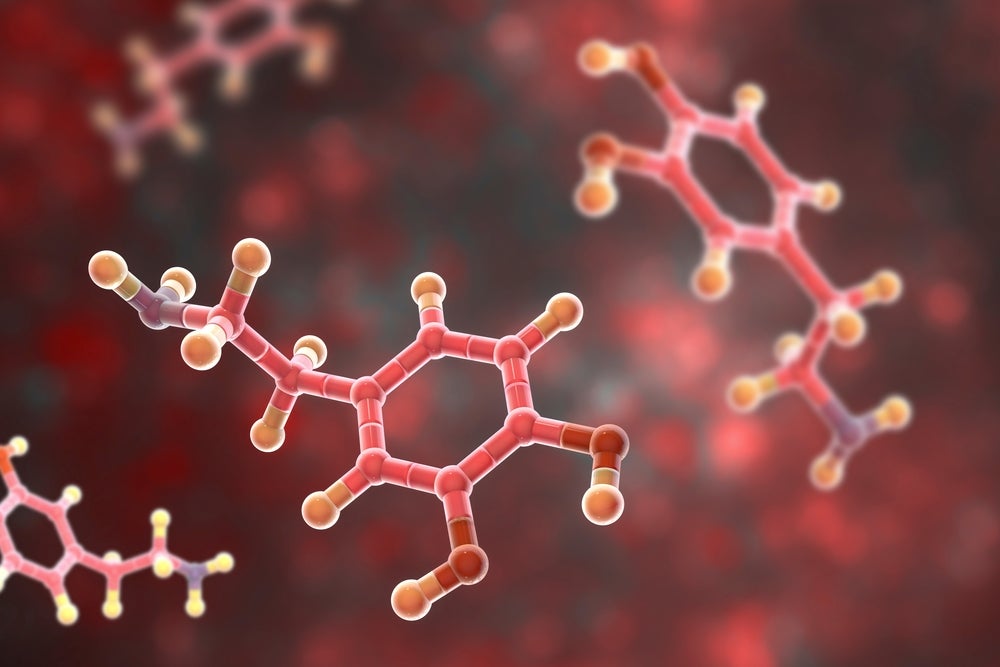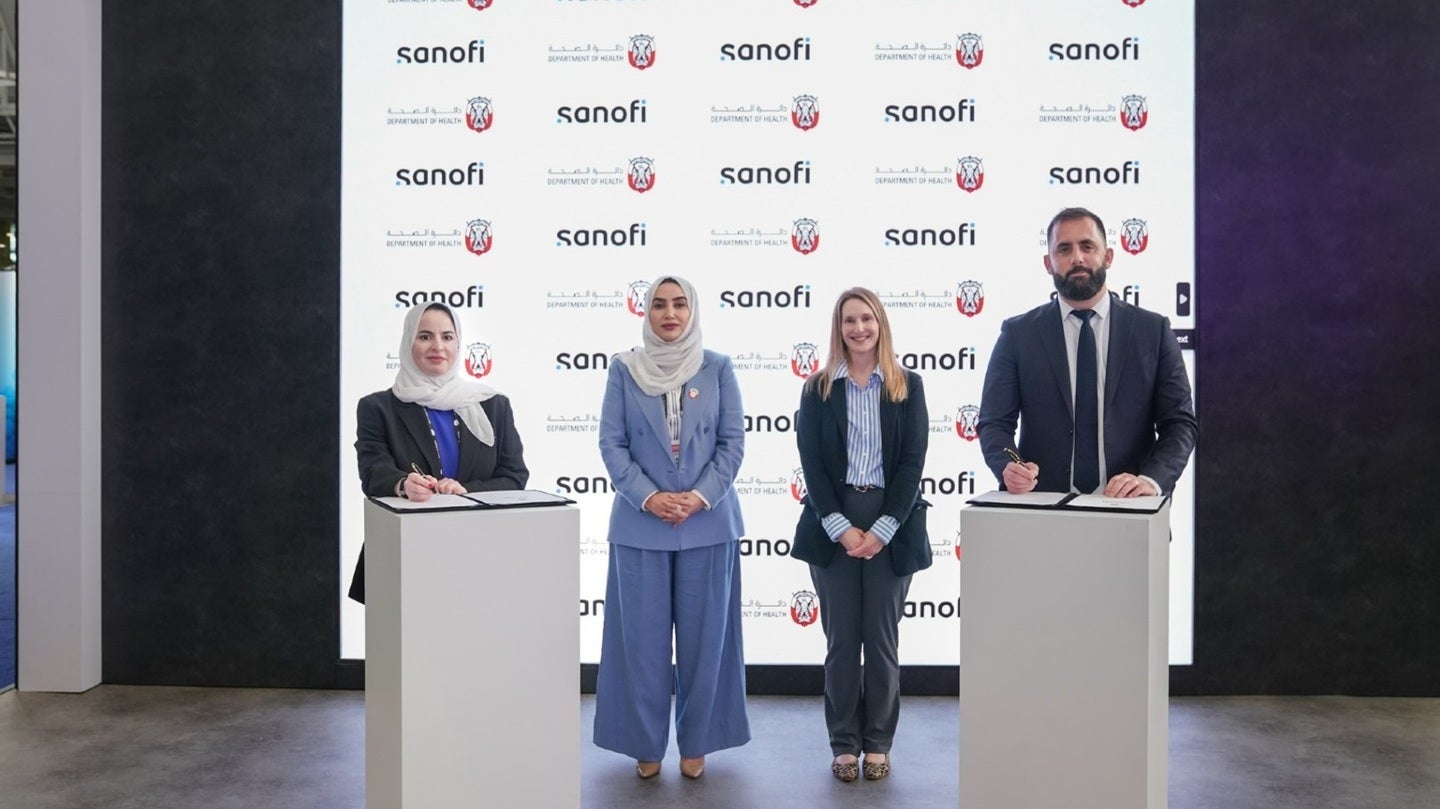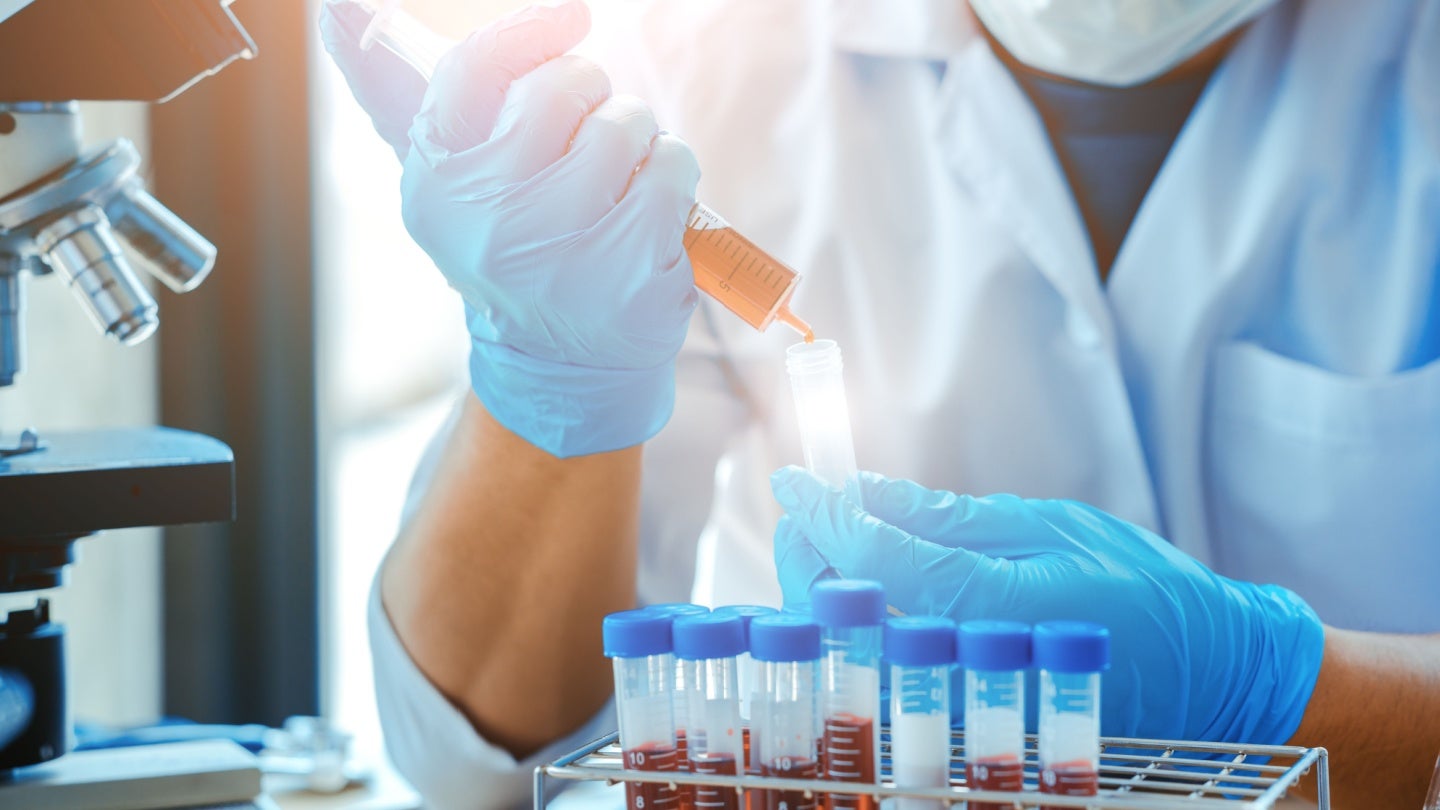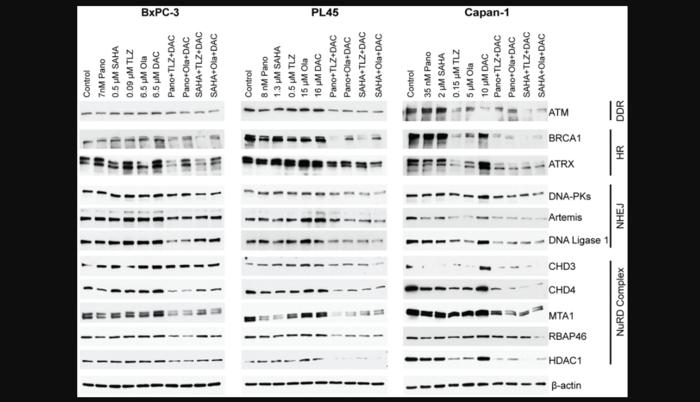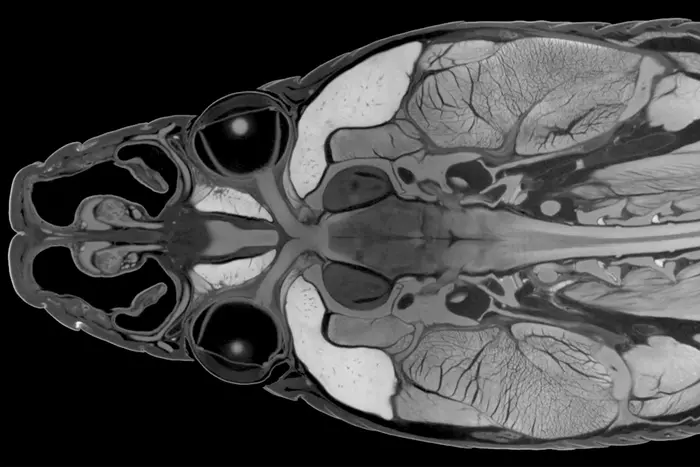Gut Microbiota Alters GPCR-Targeted Drug Activity
In recent years, the intricate relationship between the human gut microbiota and drug metabolism has emerged as a compelling frontier in pharmacology and precision medicine. The gut microbiome, a complex ecosystem comprising trillions of commensal bacteria, has been increasingly recognized not only for its role in digestion and immunity but also for its capability to […]


In recent years, the intricate relationship between the human gut microbiota and drug metabolism has emerged as a compelling frontier in pharmacology and precision medicine. The gut microbiome, a complex ecosystem comprising trillions of commensal bacteria, has been increasingly recognized not only for its role in digestion and immunity but also for its capability to chemically transform pharmaceuticals. A groundbreaking study led by Wu, Q., Song, D., Zhao, Y., and colleagues has cast new light on this phenomenon by systematically investigating how human gut bacteria modify the activity of drugs targeting G-protein-coupled receptors (GPCRs), which represent one of the most pharmacologically significant protein families in the human body.
GPCRs are pivotal in transmitting extracellular signals into cellular responses and are targeted by a significant proportion of therapeutic agents used to treat diseases ranging from cardiovascular conditions to neurological disorders. The modulation of GPCR-targeted drug efficacy by gut microbial metabolism is, therefore, not just a curious biochemical footnote but a detail of immense clinical relevance. The team behind this study embarked on an ambitious metabolomics-driven exploration, testing 127 GPCR-targeting drugs against a battery of human gut commensal bacteria to chart the landscape of microbial drug transformation.
One of the standout revelations from this research is the diversity and complexity of microbial transformations encountered. Unlike conventional hepatic metabolism, which often involves predictable enzymatic modifications such as oxidation or conjugation, the microbial community exhibited both conventional and highly unconventional biotransformations. Among the drugs that underwent extensive metabolism, it became apparent that the resulting metabolites frequently carried altered pharmacodynamic properties, sometimes rendering the drugs less active, inactive, or intriguingly, in some cases, more potent.
Delving deeper, the researchers contrasted drug metabolism patterns in single bacterial species cultures with those in mixed microbial communities. This comparative approach illuminated that drug transformations could be either intrinsic to specific bacterial taxa or the product of collaborative biotransformations involving multiple species. Such synergism reflects the complex interplay within microbial consortia, where metabolic intermediates produced by one species serve as substrates for others, culminating in elaborate cascade reactions that sculpt drug molecules in unexpected ways.
A particularly fascinating case highlighted in the study is that of iloperidone, a known antipsychotic agent. The researchers discovered that exposure to human gut commensal bacteria leads to the inactivation of iloperidone via the formation of unconventional metabolites. Notably, the microbial community introduced sulfur-based modifications by incorporating a thiophene motif—a five-membered sulfur-containing heterocycle—into the drug structure. This sulfur incorporation is rare in mammalian drug metabolism and signals a distinct microbial signature in drug biotransformation.
Parallel to this, a specific gut bacterium, Morganella morganii, demonstrated an even more remarkable metabolic capability. It undertook a multistep cascade reaction that introduced amino-acid-derived tricyclic structures into the drug metabolites. This type of modification significantly diverges from standard chemical transformations typically observed in drug metabolism, revealing the breadth of chemical creativity the gut microbiome can deploy in shaping drug fate.
The implications of these findings are multifaceted and bear profound consequences for drug development, efficacy, and safety. Firstly, the recognition that the gut microbiota can directly modify drug molecules and influence their pharmacological targets urges a reassessment of drug metabolism paradigms, which have traditionally focused primarily on human liver enzymes. Additionally, interindividual variations in gut microbiome composition may partly explain the variability in patient responses to GPCR-targeted therapies, opening avenues for personalized medicine approaches that consider microbial profiles.
Moreover, the study underscores the necessity of integrating microbial metabolism studies into preclinical drug screening pipelines. Through high-throughput metabolomics tools, as demonstrated by Wu and colleagues, it becomes feasible to anticipate possible biotransformations and their pharmacodynamic consequences early in drug development. This might mitigate late-stage drug failures caused by unforeseen metabolic inactivation or conversion to toxic metabolites.
The researchers also highlight that microbial metabolism may not always be detrimental to drug activity. Certain bacterial transformations could potentiate drugs or generate novel bioactive metabolites, suggesting a dualistic role of the microbiome in drug pharmacology. Harnessing these microbial metabolic pathways may, in future, inspire novel biotransformation strategies in drug design, where gut bacteria are intentionally exploited for beneficial drug modification.
Beyond therapeutic implications, this research provides a window into the evolutionary chemistry occurring within the human gut. The existence of sulfur- and amino acid-derived tricyclic modifications points to an untapped natural reservoir of enzymatic activities, some of which may have biotechnological potential beyond pharmacology. Understanding the microbial enzymes involved could spur the discovery of new biocatalysts for synthetic chemistry applications.
The methodological rigor of the study is noteworthy as well. Employing a systematic and comparative metabolomics approach allowed the researchers to not only catalog metabolites but also link them to specific bacterial species or communities. The integration of GPCR activity assays validated the functional consequences of microbial metabolism on drug efficacy, bridging chemical transformations with biological outcomes.
These findings invite a paradigm shift for clinicians prescribing GPCR-targeted drugs, as the therapeutic outcome might hinge significantly on the patient’s gut microbiome status. Patient stratification based on microbial composition could one day become a routine component of personalized treatment plans, ensuring maximized efficacy and minimized adverse effects.
In the broader context of microbiome research, this work exemplifies how microbial ecology intersects with pharmacology and chemical biology to unravel previously hidden layers of drug action and metabolism. It is a compelling demonstration of how human-associated microorganisms actively shape our interaction with medicines, necessitating an integrated view of the human body as a superorganism cohabited by microbial symbionts.
In conclusion, the research by Wu and colleagues elucidates a rich and intricate tapestry of gut microbiota-mediated drug biotransformations affecting GPCR-targeted therapies. Their findings propel the scientific community towards embracing microbiome considerations as a critical factor in drug design, development, and clinical application. With continued exploration, the complex chemical dialogues between drugs and gut bacteria may be harnessed to revolutionize personalized medicine and therapeutic innovation.
Subject of Research:
The study investigates the impact of human gut commensal bacteria on the metabolism and pharmacological activities of G-protein-coupled receptor (GPCR)-targeted drugs, elucidating both conventional and novel microbial biotransformations.
Article Title:
Activity of GPCR-targeted drugs influenced by human gut microbiota metabolism.
Article References:
Wu, Q., Song, D., Zhao, Y. et al. Activity of GPCR-targeted drugs influenced by human gut microbiota metabolism. Nat. Chem. (2025). https://doi.org/10.1038/s41557-025-01789-w
Image Credits: AI Generated
Tags: clinical relevance of microbiome researchdrug efficacy modulationG-protein-coupled receptors significanceGPCR-targeted drug activitygut health and drug responsegut microbiota and drug metabolismhuman gut microbiome interactionsimpact of gut bacteria on drug activitymetabolomics in pharmacologymicrobial metabolism of pharmaceuticalspharmacology and precision medicinetherapeutic agents and gut microbiota
What's Your Reaction?







